








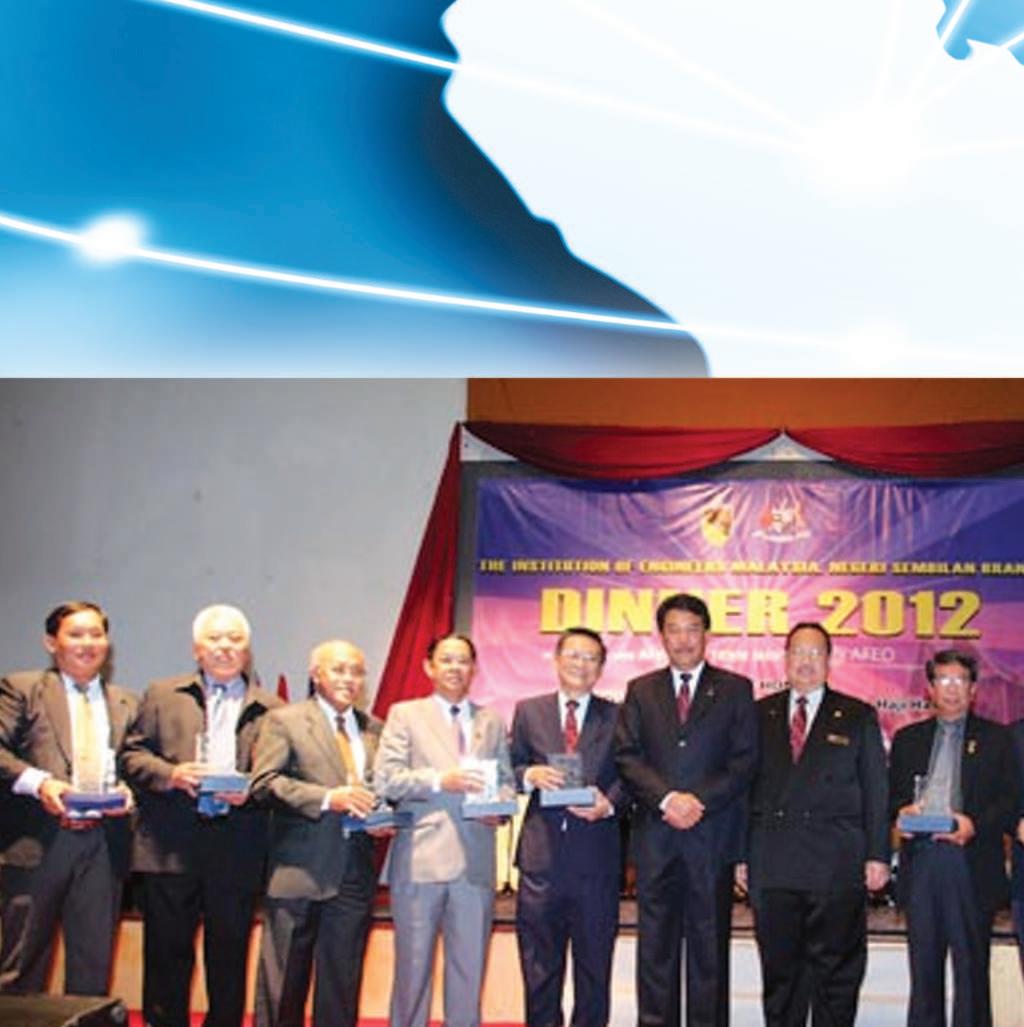



















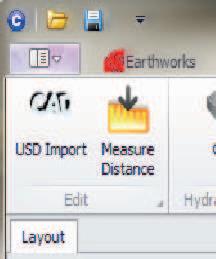



























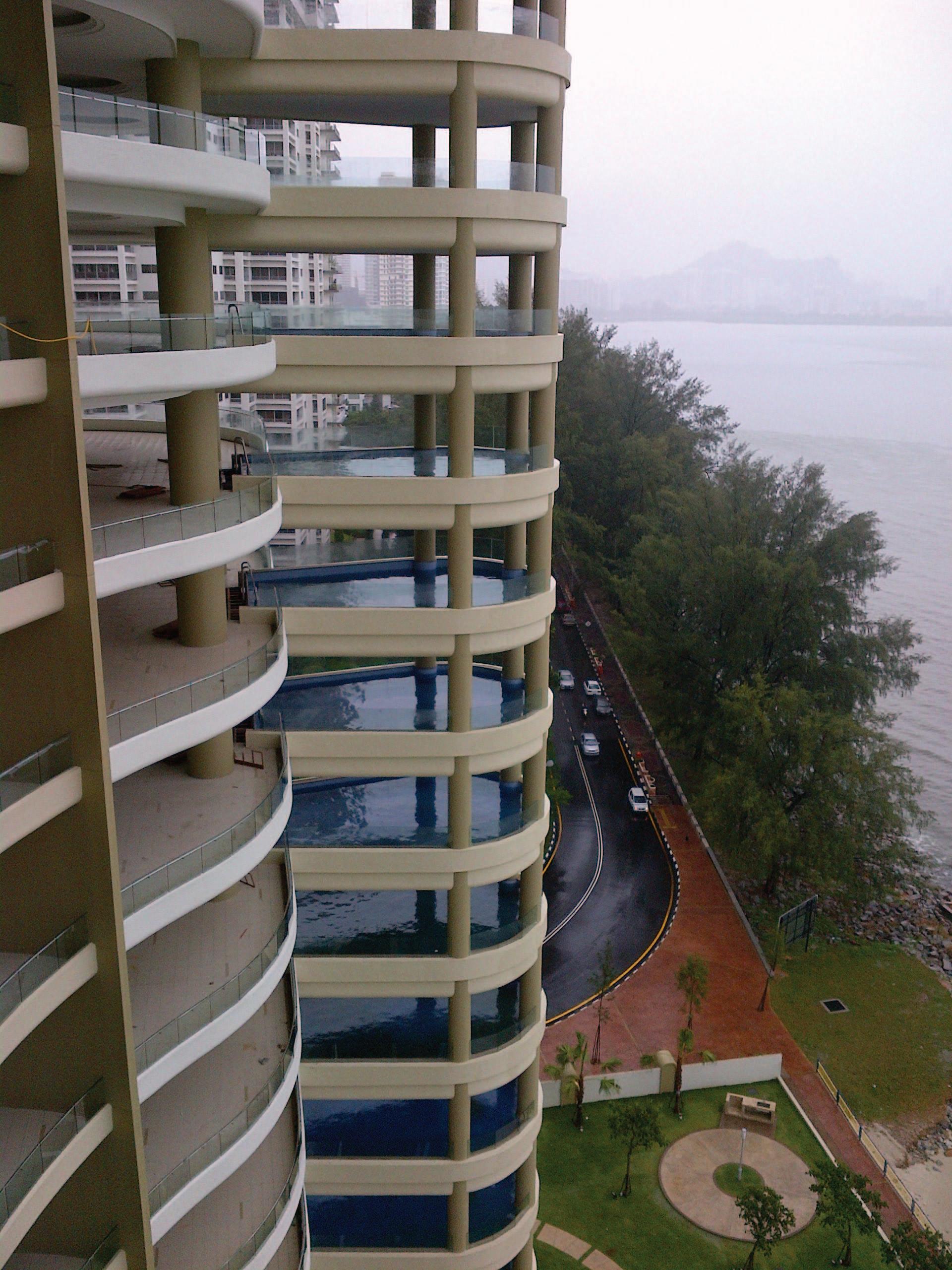



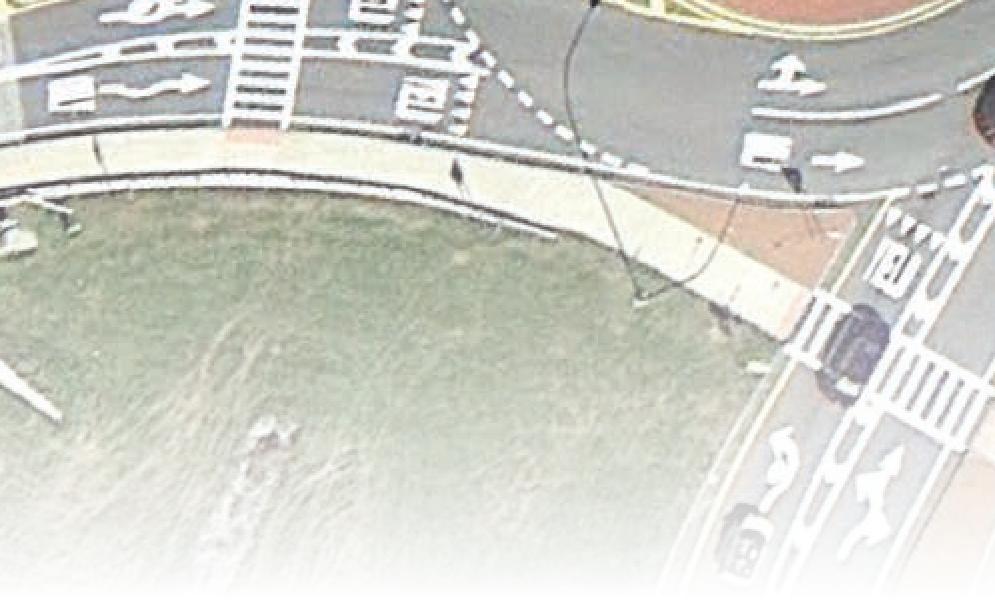

For three decades, engineering firms and transportation agencies have depended on InRoads for interchange, roundabout, and corridor design, survey data reduction, site development, bridge modeling, sanitary and storm water network design, and production of construction staking reports.
Now available as a standalone product, Power InRoads includes all the powerful capabilities of MicroStation®, along with dynamic 3D modeling functionality, complete mapping tools, and design automation to integrate all project phases, teams, and locations – ensuring your designs are ready for construction, operation, and rehabilitation.













DIMENSION PUBLISHING SDN. BHD. (449732-T)

patrick@dimensionpublishing.com
shirley@dimensionpublishing.com
joseph@dimensionpublishing.com
reika@dimensionpublishing.com
siewli@dimensionpublishing.com
beela@dimensionpublishing.com
alicia@dimensionpublishing.com
masaki@dimensionpublishing.com
yenyin@dimensionpublishing.com
DIMENSION PUBLISHING SDN. BHD. (449732-T)
HOFFSET PRINTING SDN. BHD.
JURUTERA


Number 11, November 2012
YANG DIPERTUA / PRESIDENT:
Ir. Chen Kim Kieong, Vincent
TIMBALAN YANG DIPERTUA / DEPUTY PRESIDENT:
Ir. Choo Kok Beng
NAIB YANG DIPERTUA / VICE PRESIDENTS:
Yean Chin
SETIAUSAHA KEHORMAT / HONORARY SECRETARY:
BENDAHARI KEHORMAT / HONORARY TREASURER:
WAKIL AWAM / CIVIL REPRESENTATIVE:
Ir. Gunasagaran a/l Kristnan
WAKIL MEKANIKAL / MECHANICAL REPRESENTATIVE:
WAKIL ELEKTRIK / ELECTRICAL REPRESENTATIVE:
WAKIL STRUKTUR / STRUCTURAL REPRESENTATIVE: Ir. Yam Teong Sian
WAKIL KIMIA / CHEMICAL REPRESENTATIVE:
WAKIL MULTIMEDIA / MULTIMEDIA REPRESENTATIVE:
AHLI MAJLIS / COUNCIL MEMBERS: Vacant

by Ir. Rocky HT Wong Former Head Commissioner of ASEAN Engineers Register (AER)
“GOING GLOBAL”
BEKAS YANG DIPERTUA TERAKHIR / IMMEDIATE PAST PRESIDENT:
BEKAS YANG DIPERTUA / PAST PRESIDENTS:
PENGERUSI CAWANGAN / BRANCH CHAIRMAN: 1. Pulau Pinang – Ir. Ng Sin Chie 10. Sabah – Ir. Lo Chong Chiun
AHLI JAWATANKUASA INFORMASI DAN PENERBITAN / STANDING COMMITTEE ON INFORMATION AND PUBLICATIONS 2012/2013:
Please be advised that the IEM Library opening hours are as indicated below:
Monday – Friday: 9.00 a.m. to 6.00.p.m.
Saturday: 9.00 a.m. to 1.00 p.m.
Effective 1 October 2011, the Library is no longer open on Saturday afternoons after 1.00 p.m.
Library Sub-Committee, IEM
by Ms. Reika Kua Kee Eng
THREE decades after its establishment, the ASEAN Federation of Engineering
its full membership when Lao P.D.R. joined AFEO as its tenth member in September 2002. Comprising engineering institutions and organisations of ASEAN countries, this nonand mutual understanding, as well as to our engineers within the ASEAN region and for the practice of engineering within ASEAN, there are also other supporting organisations facilitating and promoting the globalisation of well as the prospects and challenges of crossborder engineering, JURUTERA
important steps towards liberalisation of engineering issues within the region can be for regional consultants and engineers to meet but also for project collaboration outside the

Recognition Arrangements (MRAs) and now
technical, legal, social and political factors, terms of its domestic legislation, more often than not, it is tied towards protectionism and promotion of local companies and for successful bidding and executing projects their expertise abroad is another challenge to

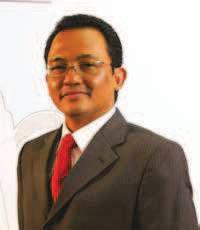
hold continuous discussions with the engineers to better

grow in terms of size and resources.
THE NEED TO DEVELOP COMPETITIVE ADVANTAGE AND DELIVER VALUE
this could result in undue disputes and litigation which can expertise in understanding, designing, formulating and
terms of size and resources since most of them are small specialisation. The major contributing factor is that most selected based on their low bid offering which in the end will
similar opinions on going global. He said that participating in grow and expand its business practices, methods and technologies in the international
proper planning and strong execution as well as control
scheme that is introduced to assist the small and medium for a reimbursable grant on the eligible export promotional
“ The export world is not everybody’s game. It is important to check whether your business is readyandtobesurethat you understand exactly what exporting entails beforeyoustart.”
export to the world. Our tools international trade fairs, focused
Prime Minister or Minister would be leading the business missions consultation sessions as well
also offers exposure to new technologies, ideas, and bed of roses for the local companies to succeed in these
and conferences, as well as through exhibitions and with host countries.

so, bi-lateral trade between the member states could be
building a team of staff who are committed and passionate
perform an independent assessment as to whether it would
happening in the USA, Europe, China and Japan. Hence,
continue to grow despite what is happening to the major infrastructure projects must be increased to enhance the
as if there will be lesser opportunities for us. Yet, if America integration within the region with the formation of the
helped these companies to succeed. Forming the right partnership with the right partners would ensure seamless
should be part of the learning process. For companies who
in groups, perhaps in the form of consortiums to share the enough due diligence before
“ Malaysian engineers should pitch themselves notasacheapengineering workforce, but as a high level international workforce.”
and logistics, which are
He further asserted that the change and become more embracing globalisation and liberalisation will create its own
engineering in the near future, the CEO of MATRADE
the engineering sector, be it in the infrastructure, building


The proposal for The Institution of Engineers, Malaysia, Negeri Sembilan Branch (IEM-NS) to host the ASEAN Federation of Engineering Organisations (AFEO) Mid-Term Meeting 2012 was initiated during the recent brain-storming retreat of IEM-NS’s at Kota Kinabalu, Sabah
As the retreat and brain storming sessions were something new to the branch, Ir. Choo Kok Beng, Deputy President of the IEM was invited to attend and to chair some of the meetings held during the retreat. It was during one of the brain-storming sessions that Ir. Choo Kok Beng suggested that IEM-NS should host the AFEO Mid-Term Meeting 2012. After much deliberation amongst the IEMchallenge of hosting the regional event.
A prestigious hotel in Seremban was booked for the scheduled 2-day event, providing the delegates from the ASEAN countries with accommodation, meals and a proper venue for their meeting.
Some of the delegates brought along their spouses and arrangements were made with Tourism Malaysia, Negeri Sembilan Branch, to provide activities for accompanying persons. They visited the Handicraft Centre where they had the opportunity to see some traditional handmade crafts, in addition to getting some hands-on experience learning to weave the yarn. Later, the spouses were given some cooking lessons at the Pelegong Homestay, where they learned how to whip up some local cuisine before feasting on these delicacies.
In conjunction with the AFEO Mid-Term Meeting, AFEO and IEM took the opportunity to award Honorary memberships to some of the outstanding and deserving individuals from the engineering industry in the state. The following are the respective recipients:
AFEO Honorary Fellow
1) YAB Dato’ Seri Utama Hj. Mohamad bin Hj. Hasan
AFEO Honorary Member
1) Y.Bhg. Dato’ Ir. Roslan bin Md. Taha
2) Y.Bhg. Dato’ Ir. Soam Heng Choon
3) Ir. Loo Way Men
4) Ir. Yong Kee Chiang
5) Ir. Hj. Baharuddin bin Ahmad Nasir

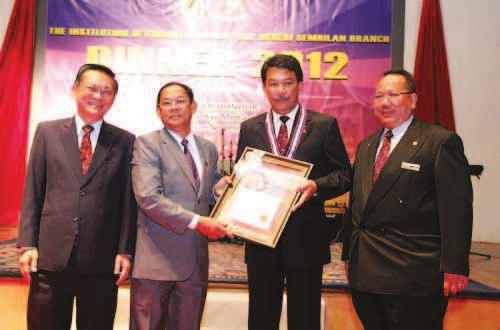

IEM Honorary Member
1) Y.Bhg. Dato’ Hj. Abdul Halim bin Hj. Abd. Latif
2) Y.Bhg. Dato’ Baharuddin bin Sariman
3) Y.Bhg. Dato’ Gan Boon Khuay
To make the event more meaningful, IEM-NS had decided to hold its annual dinner in conjunction with the dinner for the AFEO delegates.
Our honorable Menteri Besar of Negeri Sembilan was invited as the guest of honour, together with the DirectorGeneral of Jabatan Pengairan dan Saliran, Y.Bhg. Dato’ Ir. Ahmad Husaini bin Sulaiman, who took some time off from his busy schedule to attend our dinner. Other VIPs and heads of department from the local authorities who were also invited to the dinner are indicated below:


Name Post
Y.Bhg. Dato’ Hj. Tahar bin Hj. Sudin
Y.Bhg. Dato’ Ir. Hj. Ahmad Husaini bin Sulaiman
Y.Bhg. Dato’ Mohd. Baharudin bin Mahfuz
Pengarah Unit Perancang Negeri Sembilan
Ketua Pengarah Jabatan Pengairan dan Saliran Malaysia
Pegawai Kemajuan Negeri Sembilan
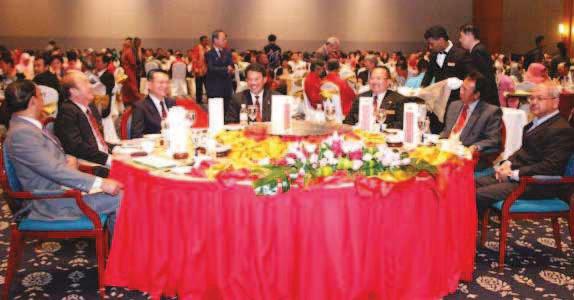


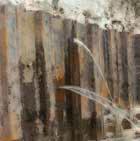




Whether for restoring structural integrity or for sealing cracks and surfaces against the ingress of water, MC-Bauchemie – the leading supplier and expert in this area – offers proven Injection Systems to suit your project requirements.
The AFEO delegates were each given a 12cm x 15cm x 4cm mineral crystal with an engraved picture of Dewan Undangan Negeri Sembilan building as a memento. As the Menteri Besar is known to appreciate cigars, a box of specially made chocolates in the shape of cigars was presented to him as a gesture of our appreciation.
Thanks to the many food critics amongst the organising committee members, who gave valuable comments during the earlier food tasting session, the eight-course Chinese dinner was praised by many to be outstanding.
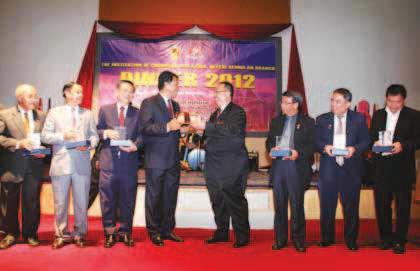

With meticulous planning, the AFEO Mid-Term Meeting was conducted successfully without a hitch. The response to the annual dinner was overwhelming. All the recipients of the honorary awards were grateful and had contributed generously to the annual dinner. A memento was presented to each of the AFEO delegates by our honorable Menteri Besar.
MC-Bauchemie (M) SDN BHD Lot S113 Centrepoint No.3 Lebuh Bandar Utama Bandar Utama
47800 Petaling Jaya Selangor Malaysia T enquiry@mc-bauchemie.com.my www.mc-bauchemie.com
IEM-NS is extremely pleased that the event turned out well and hopes to host more events in the future on behalf of The Institution of Engineers, Malaysia.


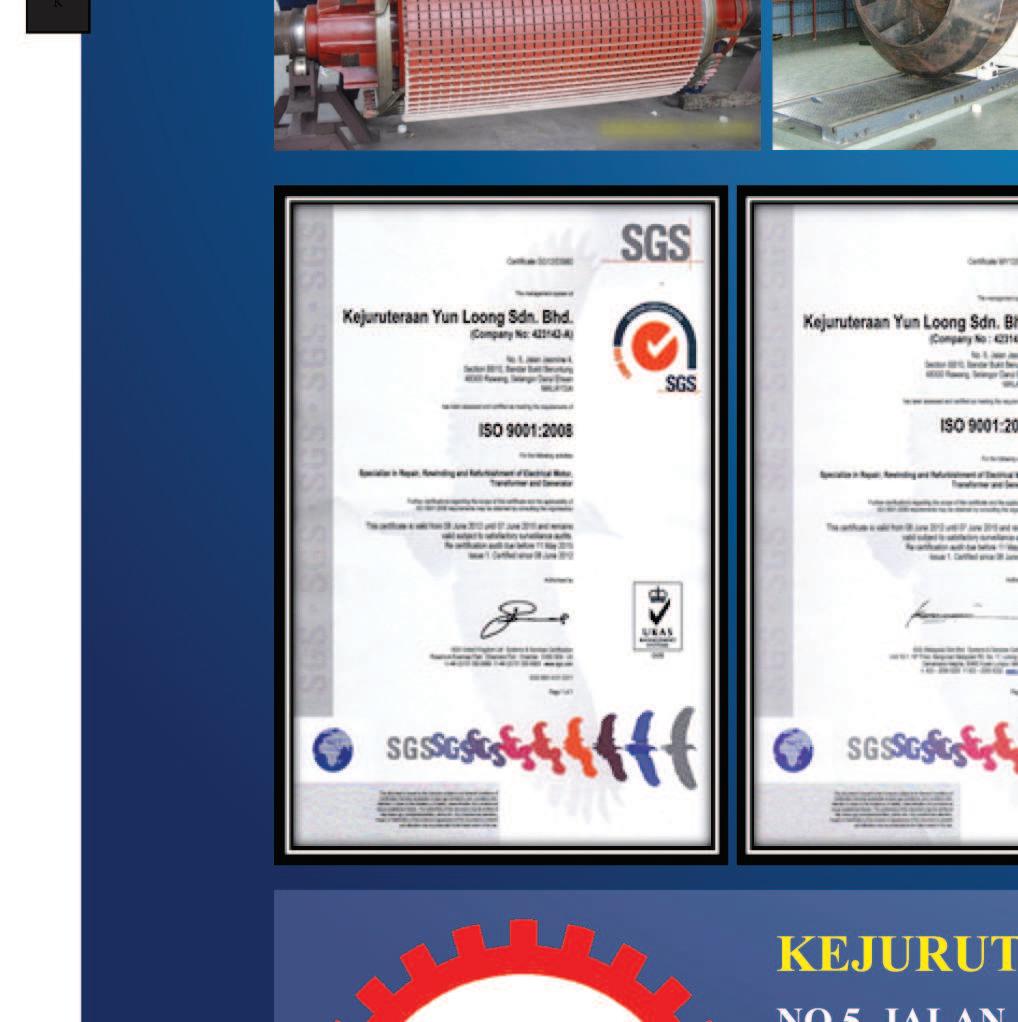


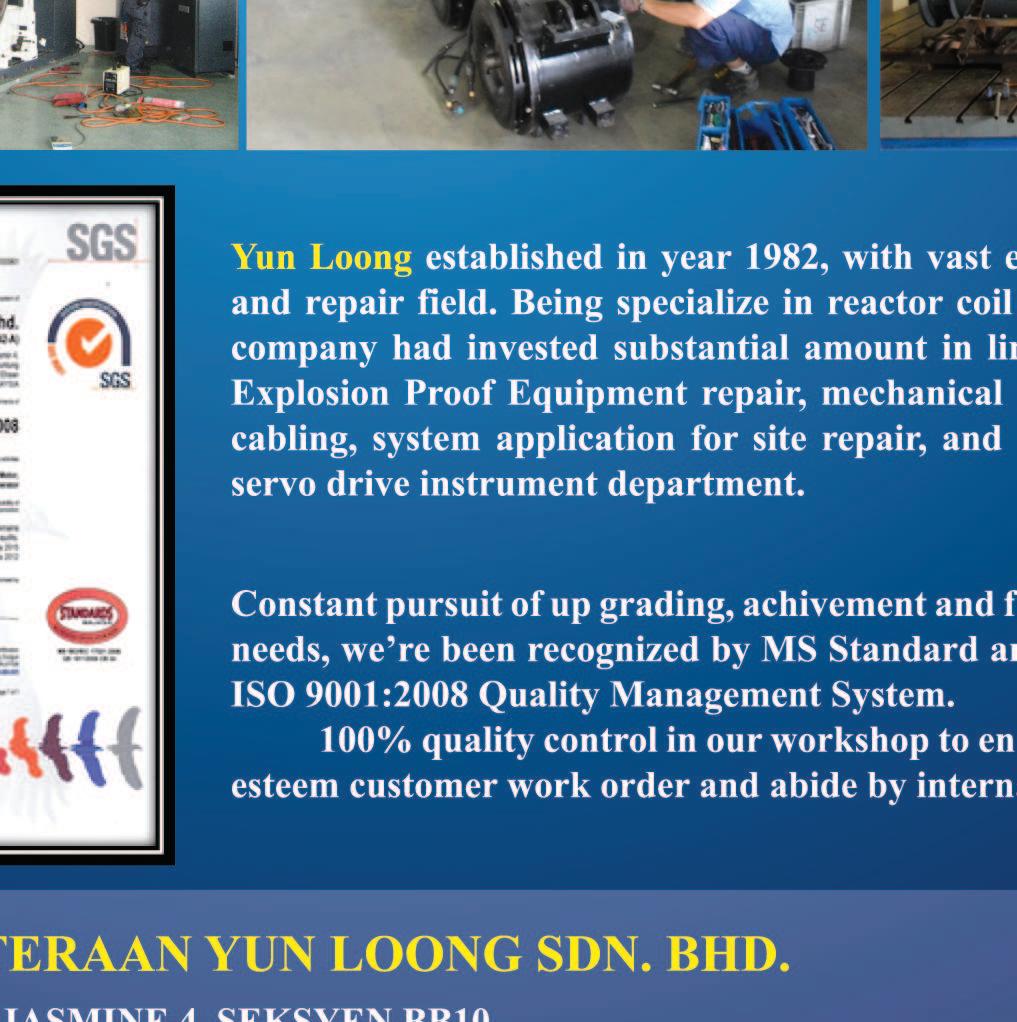
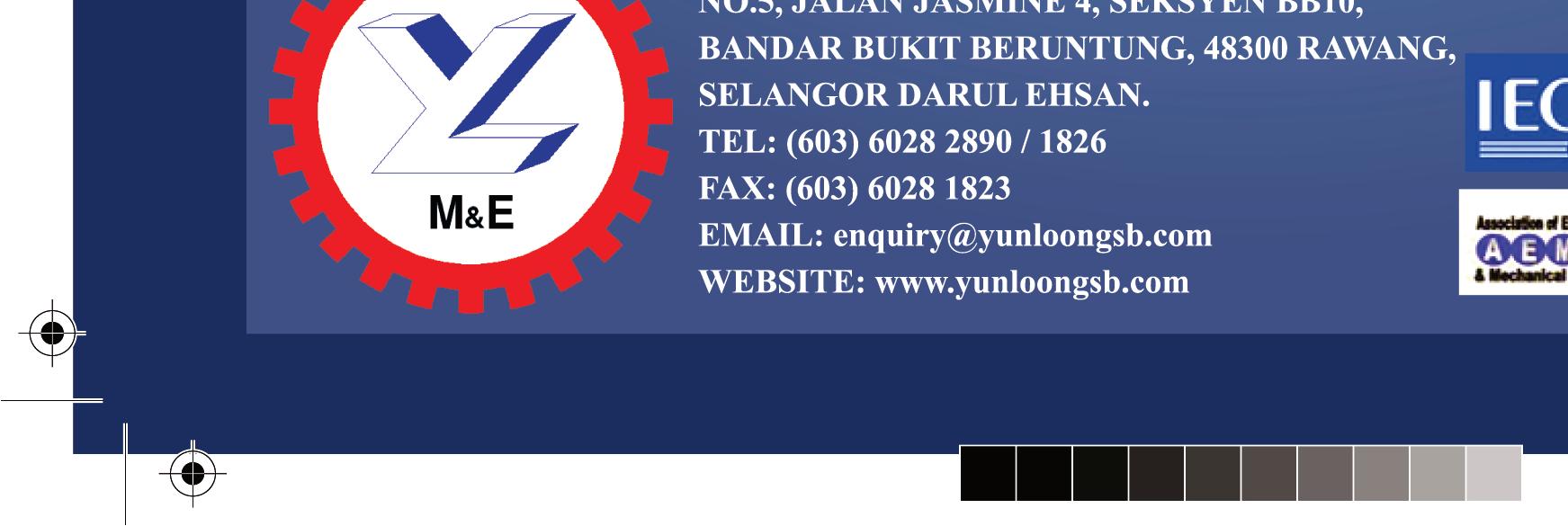



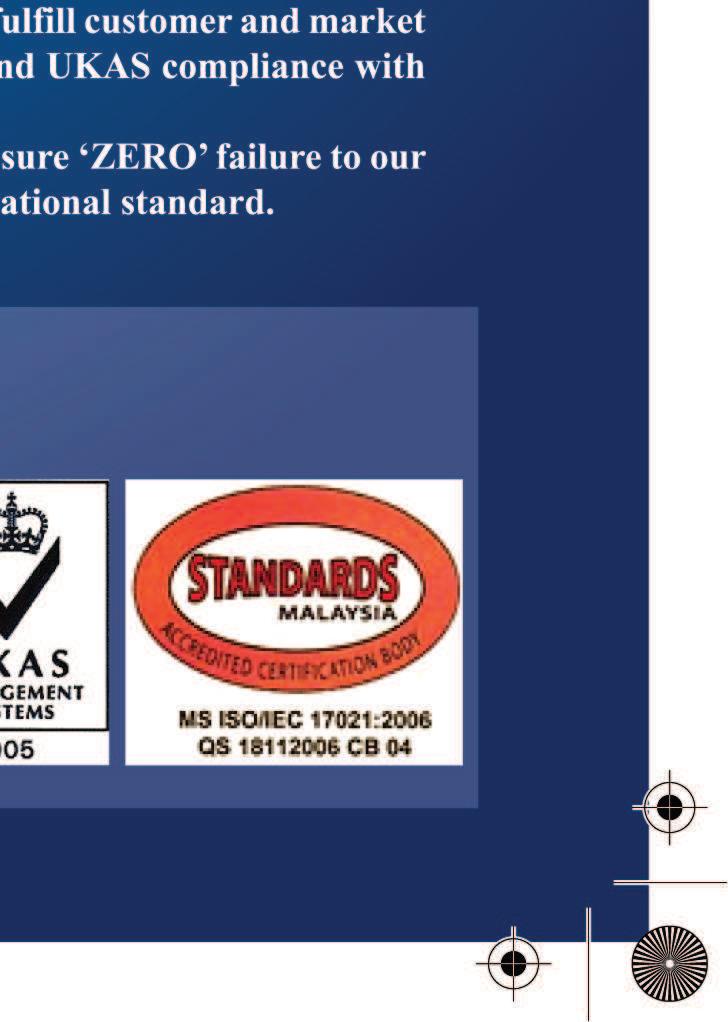

NANOTECHNOLOGY
National Nanotechnology Initiatives of Malaysia
National Nanotechnology Directorate




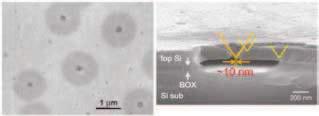

CONTRIBUTIONS TO WISMA IEM BUILDING FUND

RM 2,001,241.20 from IEM Members and Committees
RM 641,502.00 from Private Organisations
TOTAL RM 2,642,743.20 (ANOTHER RM 9,507,256.80 IS NEEDED)

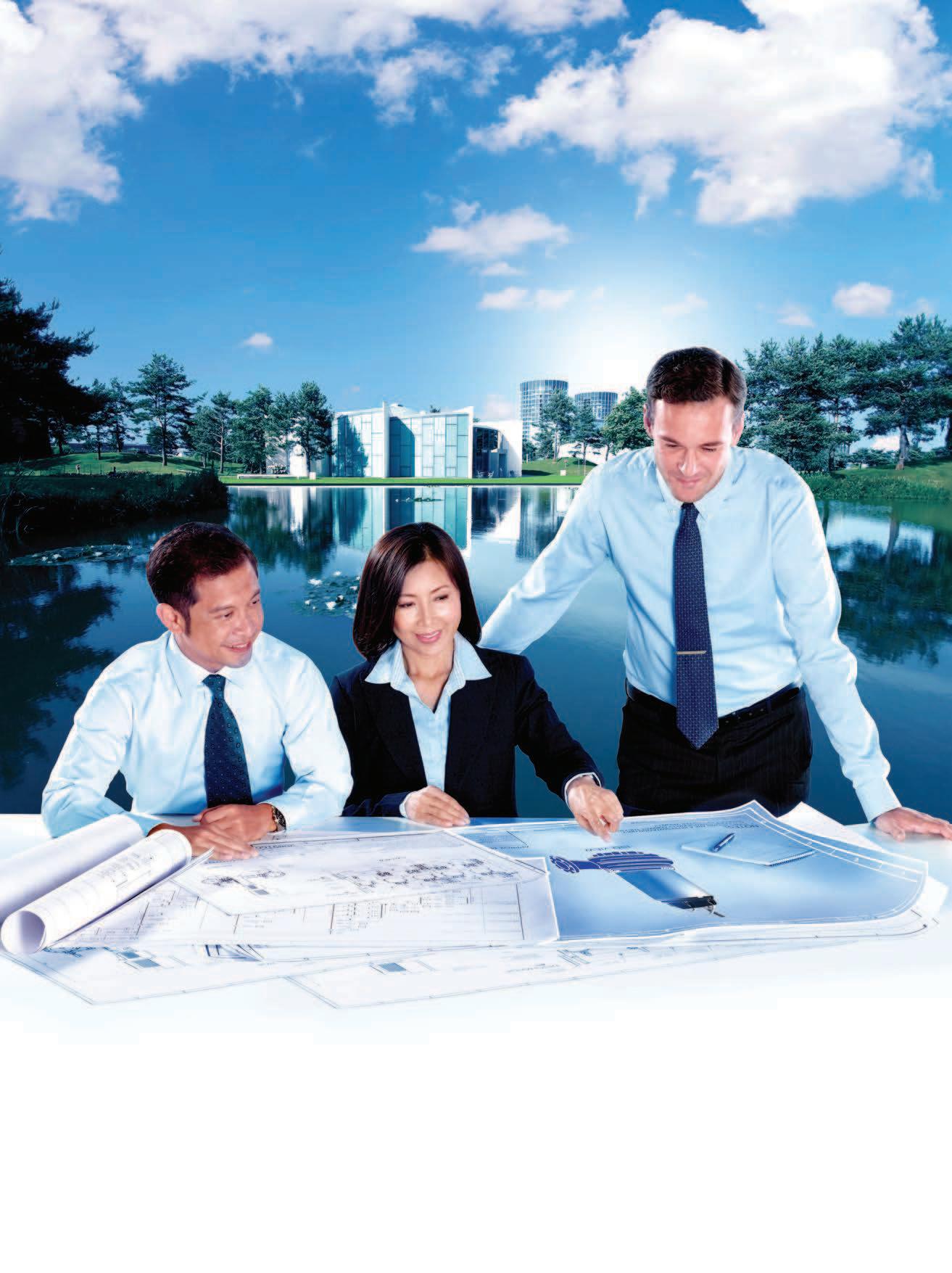





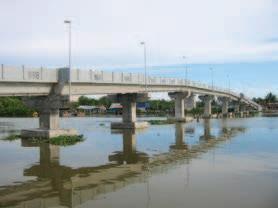



Asphalt mixtures are complex heterogeneous materials composed of air voids, mastic and aggregates. It has been well recognised in principle that the combination of these of asphalt pavements to major pavement distress. These individual components have different physical and mechanical properties. Their proportions, distribution, and interactions within the internal structure of the asphalt mixture affect the resulting mechanical performance, and indicate their complex relationship.
Previous work have demonstrated that different aggregates and air void distribution even though the specimens are designed with identical volumetric properties. This arises from the fact that two replicates of a test specimen sometimes show a variation in their performance which leaves researchers to produce at least three replicates
mixture’s properties at the microstructure level is important when studying the behaviour of the asphalt mixture.
In fact, without a clear understanding of the internal structural properties, the evaluation of the mechanical performance will be very limited. However, due to the
particularly in viewing the internal structure, most investigations are restricted to mechanical testing which relates to the macroscopic behaviour, particularly the stress and the strain.
Recently, the technology of X-ray computed tomography (CT) has attracted the interest of researchers in the study of the material microstructure properties. X-ray CT is an from the density distribution of a specimen’s cross-section. It is used to visualise features in the interior of a solid object to obtain digital information from the captured images.
designed for medical diagnosis has led to its development as a powerful non-destructive tool for characterising many engineering materials such as concrete, rock, metals and the internal structure because of its accuracy and nondestructive nature, whereby the mixture would still be intact for further mechanical testing.


The examined objects or materials could range in sizes and types, where no prior preparation of the specimen surface would be necessary. Therefore, X-ray CT combined with instrument testing and image analysis
the characterisation of microstructure properties and
research and interest through the introduction of the latest technology in pavement engineering. However, it should be highlighted that this technology is practical for any engineering material.

short wavelength electromagnetic radiation to penetrate an object. Figure 2 shows the illustration of X-ray CT components that consist of the X-ray source, the detector and the object which is placed at the middle. The principle behind this is that when X-rays pass through an object, they are attenuated by absorption and scattered depending on

the properties of materials. The amount of absorption is a function of density and thickness of the object. The CT image is highly sensitive to small density differences in the materials.
The intensity of the X-ray is measured before and after it passes through an object. The portion of radiation that penetrates an object forms a grey scale projective image that will indicate the presence of an internal defect and material distribution. Scanning of a slice is complete after collecting the intensity measurements for a full rotation of an object cross-section. Then, entire procedure is repeated to generate additional slices.
The captured images are interpreted to provide information concerning the internal features. The higher the difference in densities, the better each other. The grey colours in the image show the different density of the objects in a two-dimensional (2D) image. An 8-bit image consists of 256 (28) grey levels starting from 0 (black) to 255 (white) that correspond to different densities within the specimen.
In a typical 2D slice from an asphalt mixture specimen, aggregates are particles) and the darkest are the air voids with the lowest density (Figure
virtually cut in vertical and horizontal directions at any angle. This volumetric image enables more studies to be conducted on various aspects of the asphalt mixture.

MICROSTRUCTURE CHARACTERISATION
A number of successful studies have used X-ray CT combined with image mixtures. The properties include the distribution of air voids particularly the content, number, size and shape, while the damage can be characterised and segmented prior to analysis as shown in Figure 4.



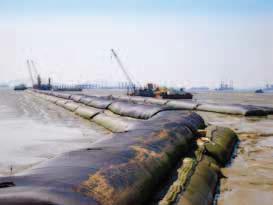
Air voids play an important role in determining the resistance of asphalt mixtures to major pavement damage including no mechanical strength, their distribution is important in determining the overall mechanical response of the material. Air voids which are either too great or too low can
Two specimens with the same air voids content may have different distributions. Therefore, it would be of considerable interesttocaptureandanalysethemicrostructureproperties of air voids such as their size, number and locations. Previous studies have successfully utilised X-ray CT to
to analyse the air voids on each image as a percentage of the air voids area to the total area of the 2D image. This
measurement made on 2D sections of the material (area). For validation, the average percentage of air voids measured from the laboratory should compare favourably with the average percentage of air voids measured from X-ray images. In previous work, it was found that air void distribution in gyratory specimens exhibit a “bath-tub” shape where more air voids are present at the top and bottom parts of a specimen. This shape is more pronounced at higher compaction efforts as shown in Figure 5.

result of micro-cracks that initiate at the interface between the aggregates and binder (adhesive failure) and within
repeated loading, micro-structural damage tends to occur in the form of micro-cracks. These micro-cracks and existing air voids will propagate and grow under loading to become strength.
Therefore, detailed analysis of damage distribution within the asphalt mixture needs to be carried out to better
These images were used to yield damage parameters that
cracks and air voids properties were introduced, including their distribution and changes in content, size, shape and average spacing amongst the voids. These parameters are
loading conditions. Since it is non-destructive, X-ray CT can be performed on the specimen before and after undergoing the mechanical testing. The same specimen can be continuously tested for increased loading to monitor the damage evolution at different loading stages until it reaches ultimate failure. A study was conducted where asphalt mixture specimens were X-rayed before and after being deformed to prescribed strain levels in a triaxial
specimen, namely the top, middle and bottom regions. Then, the increments in the air void content and crack growth were compared between these regions (Figure 6). Instead of air void content, statistical analyses of air void size and its spatial distribution were found to give valuable information leading to a better understanding of the damage

The larger the average size with smaller average spacing between air voids, the larger the interaction among the damaged surfaces; therefore, the lower the resistance to fatigue and rutting. Another study addressed the same point in developing a comprehensive methodology to
deformation. When an asphalt mixture is subjected to
The application of X-ray CT in characterising asphalt mixtures can considerably provide valuable information and contribute towards a deeper understanding of the pavement
from a microstructure perspective. This enables the optimisation of the various parameters that describe the internal structure and relate them
in the hands of pavement engineers that will provide a foundation for building more durable and long-lasting pavement structures.
[1] A. G. Michette and C. J. Buckley, “X-ray Science and Technology”, Institute of Physics Publishing, The Institute of Physics, London, 1993.
[2] E. Masad, V. K. Jandhyala, N. Dasgupta, N. Somadevan and N. Shashidhar, “Characterization of Air Void Distribution in Asphalt Mixes using X-ray Computed Tomography”, Journal of Materials in Civil Engineering, 2002, Vol. 14, No 2, pp. 122-129.
[3] M. Reza Razavi, “Characterisation of Microstructure and Internal Displacement Field of Sand Using X-ray Computed Tomography”, PhD. dissertation, Washington State University, 2006.
[4] C. L. Monismith, ‘‘Analytically Based Asphalt Pavement Design and Rehabilitation’’, Transportation Research Record, 1992, No. 1354, pp. 5-26.
[5] L. Tashman, E. Masad, B. Peterson and H. Saleh, “Internal Structure Analysis of Asphalt Mixes to Improve the Simulation of Superpave Gyratory Compaction to Field Conditions”, Journal of the Association of Asphalt Paving Technologists, 2001, Vol. 70, pp. 605-645.
[6] Y. R. Kim, H. J. Lee, Y. Kim and D. N. Little, “Mechanistic Evaluation of Fatigue Damage Growth and Healing of Asphalt Concrete: Laboratory and Field Experiments”, Proceedings of the Eighth International Conference onAsphalt Pavements, International Society for Asphalt Pavements, 1997, pp. 1089-1107.
[7] L.Tashman,E.Masad,D.LittleandR.Lytton,“DamageEvolutioninTriaxialCompression Tests of HMAat High Temperatures”,Association ofAsphalt Paving Technologists, 2004, Vol. 73, pp. 53-87.
[8] L. B. Wang, J. D. Frost and N. Shasidhar, “Microstructure Study of Westrack Mixture from X-ray Tomography Images”, Transportation Research Record, 2001, No. 1767, pp. 85-94.
[9] I. Sung, “Damage Analysis in Asphalt Concrete Mixtures Based on Parameter Relationships”, PhD. dissertation, Texas A & M University, 2004.
Develop both sides of the brain with 1Sudoku by Mr. Lim Teck Guan
Fill in the remaining 80 squares with single digits 1-9 such that there is no repeat of the digit in every Row, Column and Block of nine squares. The number at the top left hand corner of the dotted cage indicates the total for the digits that the cage encompasses.
For tips on solving, visit www.1sudoku.com.my © Twin Tree Publishing
(Solution is on page 31 of this issue.)


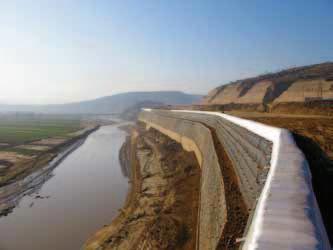
Geosynthetics
no. 180781-W)
Jalan Sementa 27/91
Sdn Bhd
27 40400 Shah Alam Selangor Darul Ehsan. Tel: +60 3 5192 8568 Fax: +60 3 5192 8575
Email: info.asia@tencate.com
www.tencategeosynthetics.com
(Sourced from the New Straits Times, 12 September 2012)
(Sourced from The Star, 13 September 2012)
(Sourced from The Star, 17 September 2012)
(Sourced from The Star, 17 September 2012)
(Sourced from the New Straits Times, 10 September 2012)

AS we are now approaching the end of the year, it is a good time to carry out some housekeeping chores. Were you
yours for a moment! Did you know that there are regulatory
Well, in all lines of work (and in personal life too –think about the taxation of your income), we need to keep records. All these relevant records have been created and used for various purposes, as for instance, to demonstrate compliance with procedures during an audit and so forth.


by Ir. Shum Keng Yan
have record retention policies. Thus, it is essential to know the record retention policies of your company.
Act 1994. Under provision 66(2) (n), the Ministry may make regulations that require employers to preserve records and other documents. Meanwhile, under regulation 38(3) of the Factories and Machinery Act 1967, the Factory General
shall be kept for at least 2 years from the date of last entry in the register or record.
Transfer and Disposal under the two Acts. Keep in mind that this is a guide and not the complete list.






30 (2) 33 (3) 33 (3)
31 33 (3)
33 (3)
33 (1) 33 (2) Transfer of records Transfer records to successor after ceasing business No successor after ceasing business – transmit to Prior to ceasing Prior to ceasing
Notes: YOG: Year of Generation (or last updated) of the record DEE:
records! Do share your views with us on record retention; just email to: pub@iem.org.my


IEM NEGERI SEMBILAN BRANCH
THE AFEO Mid-Term Meeting 2012 Spouse’s Programme was specially arranged by the Malaysia Tourism Promotion Board (MTPB), popularly known as Tourism Malaysia, to keep the spouses of the delegates entertained while their partners were attending the ASEAN Federation of Engineering Organisations (AFEO) Mid-Term Meeting 2012. It was also an opportunity to introduce Malaysian culture and traditions to our guests from neighbouring nations
Upon arrival at the airport, the delegates and their spouses were chauffeured to the Royal Bintang Hotel, Seremban. The delegates and their spouses were treated to a sumptuous lunch at the hotel before the activities began. While the delegates were getting ready for their
Engineers, Malaysia, Negeri Sembilan branch, gathered with the spouses of the delegates for the AFEO Spouse’s Programme.
were assigned to facilitate this programme. The trip started
destination, Pusat Kraftangan Negeri Sembilan, where they were exposed to all sorts of handicraft, musical instruments and costumes originating from Negeri Sembilan. After exploring for an hour, the participants continued their trip to the next destination, Pelegong Homestay, Negeri Sembilan.
Under the Pelegong Homestay programme, the participants had a chance to enjoy the warm hospitality of the host families and be part of the households by joining them in their daily activities. During the reception, drinks and refreshments were served, while the Head of the Pelegong Homestay gave a welcoming speech to the participants.



Subsequently, the participants, especially those who liked cooking, were entertained to a traditional delicacy cooking demonstration, where they learnt about the cooking method and recipe of the popular Negeri Sembilan dish, ayam masak lemak cili api. Some of the participants recorded the cooking demonstration with their cameras. The participants also had a chance to savour the local delicacies which were prepared during the cooking session.
After the meal, the participants were offered a hands-on experience in making handicraft, where they were taught how to weave rattan into a small basket. Remarkably, the participants were quite creative and came up with various ideas to weave by themselves some nice and colourful baskets. After the weaving session, Malaysian fruits such as durians and mangosteens were served.




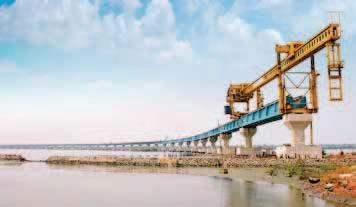

The session ended with a closing speech by the Head of Pelegong Homestay, whereupon he urged the participants to visit the Pelegong Homestay again with their families and friends. The participants thanked the staff of Pelegong Homestay before they headed back to the hotel. All in all, the AFEO Mid-Term Meeting 2012 Spouse’s Programme was a success, as it went on smoothly as planned, and the committee members had received positive feedback from the participants, stating that they had had a memorable and wonderful experience throughout the trip.
The IEM Journal is an engineering peer-reviewed publication issued quarterly by The Institution of Engineers, Malaysia (IEM). The IEM Journal is dedicated to increasing the scope and depth of research across all areas of engineering. The IEM Journal welcomes the submission of manuscripts research; essays.
The Principal Journal Editor
The Institution of Engineers, Malaysia
E-mail: pub@iem.org.my / sec@iem.org.my
Note: Submission of a contribution is taken to manifest the fact that the paper has NOT been submitted, accepted, published or copyrighted elsewhere. For the guidelines, please go to http://www.myiem.org.my/ content/guidelines_for_journal_authors-365.aspx.
CHEMICAL ENGINEERING TECHNICAL DIVISION
A group consisting of 20 IEM members and non-members, accompanied by Engr. Dr Chong Chien Hwa (committee member) and Ms. Kek Mei Tzy (secretariat) from Chemical Engineering Technical Division (CETD) recently visited SIRIM Berhad’s Bio-Cosmetics Facility in Shah Alam. The highlightofthedaywasthevisittothePolyhydroxylalkanoate (PHA) Bioplastic pilot plant
SIRIM Berhad has been operating in Malaysia for over 40 years. The mission of the company is to be among the best in the world in terms of quality and technology, with particular emphasis on nanotechnology, biotechnology, renewable energy, metrology, automotive component and green materials.

As Malaysia is rich in natural resources and biodiversity, SIRIM Berhad’s biotechnology division spearheads research in the industrial biotechnology and bio-cosmetic. Its team of experienced scientists and engineers led by Dr Ahmad Hazri b. Ab. Rashid, General Manager of Industrial Biotechnology Research Centre, assist entrepreneurs in developing products that are safe for both the environment and society. The bio-cosmetics programme is one of the research programmes under the Industrial Biotechnology Center. Natural product research for bioactive metabolites, bio-based chemicals, cosmeceuticals and nutraceuticals are conducted.
The research and development activities as well as services conducted by SIRIM include extraction and actives,biologicalactivitystudies,safetyandbiocompatibility



product formulation and delivery technology.
This visit provided the participants with some insight on the bio-cosmetics research and testing conducted by SIRIM Berhad in ensuring that the products meet the safety standards. The visit included viewing of complete laboratory facilities available at the Centre to develop cosmetic and topical products starting from laboratory scale to pilot production. The visited facilities included the extraction
laboratory, the product formulation laboratory, the extraction and fermentation pilot plant facilities, a Cosmetic “Good Manufacturing Practice (GMP)” pilot plant and the fullyautomated PHA Bioplastic pilot plant.
The PHA Bioplastic pilot plant produces versatile biodegradable plastic materials from crude palm kernel
The strain to produce PHA was developed and palm oil fermented to produce bioplastic material.

At the end of the session, a token of appreciation was presented to Dr Zanariah Ujang, Head of Marketing and Sales Section Research and Technology Development Division by session chairperson, Engr. Dr Chong Chien Hwa.






With 55,000 projects located in 85 countries, Zamil Steel is the world’s leading manufacturer of steel buildings.
Now Zamil Steel pushes the frontiers of building solutions to a new level of excellence, using cutting edge engineering and manufacturing capabilities.
Combining the technical know-how of Pre Engineered Steel Buildings, Open Web Steel Joists and Structural Steel, we offer faster and more cost effective solutions for factories, high rise buildings, power-plants and virtually any type of steel building.
For Total Building Solutions, contact Zamil Steel.




steel buildings
CONSULTING ENGINEERS SPECIAL INTEREST GROUP
THE KualaLumpurRegionalCentreforArbitration(KLRCA)
Construction Industry Payment and Adjudication Act 2012 by Parliament
More than 50 members took part in the training course.
course was held.
Members of the Institution of Engineers, Malaysia (IEM)
KLRCA panel of Adjudicators include:

Replacing open pipe installations with Silvent compressed air nozzles normally means:

For more information, please contact:
Ck Wong 012-6695954
Gwen Lee 012-5758277
Kejuruteraan Semangat
Maju Sdn Bhd
9 Jalan USJ 10/1D, Taipan 47620
Subang Jaya, Selangor


i. Ir. Chong P. E., Vice President of IEM, Chairman, PPC
ii. Ir. Dr Ooi Teik Aun, Chairman DRP subcommittee, PPC
iii. Ir. Chong Thaw Sing
Ir. Leon Weng Seng
Ir. Gong Ngie Dee
Ir. Dr Wong Fook Keong
Ir. Lim Kok Hing
Ir. Oon Chee Kheng
ix. Ir. Vincent Lim Kuo Phau
x. Ir. Yong Hee Leong.

Participants listening attentively to the speaker during the course

Solutions To Your Geotechnical Needs / Problems Using:-
(PatentNo:MY113979A)
Advantages:-
Assured Capacities
ImprovementToSoil Properties
No Collapsed Drilled Holes & Sink-Holes
Much Shorter Construction Time
Lower Construction Cost
No Muddy Working Conditions Fully Mechanised Process

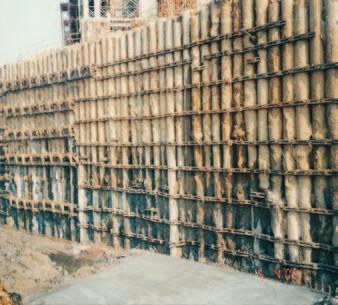
(PatentNo:MY128328A)
ExcellentFor SoftGround Engineering

Advantages:-
100% Dry Operation -No Environmental Contamination Every Stone Column is Tested During Construction to 2 Times Working Capacity
Volumetric ProofofDesign Diameter
100% DisplacementMethod No Problem on Human Error Process is Fully Mechanised Strong Technical Backing By Reputable Institutions For a Local Innovative System


Overthe years,SGE has gained wide recognition and has established itselfto be the leading,the most active and reputable Specialist Contractor in this particular field of Geotechnical Engineering.SGE builds its strength and reputation, all upon its clients’ confidence.


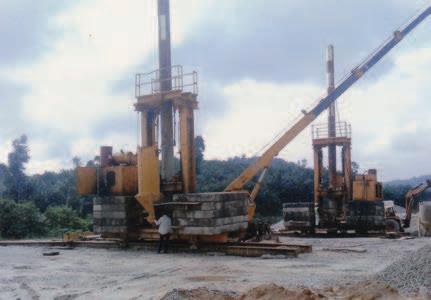


TECHNICAL COMMITTEE ON WIND LOADING, IEM

A team of four members of the IEM Technical Committee on Wind Loading, namely Ir. Prof. Dr Jeffrey Chiang, Ir. Tu Yong Eng, Engr. Prof. Dr Azmi Ibrahim and Mr. Kang Thean Shong, recently participated in a technical visit to the
Airport. The Technical Committee (TC) members boarded
10.30 a.m. The visit was made possible through the kind arrangement of Mr. Kang, the Director of the Malaysian Meteorological Department (MMD) who is based in the Headquarters of MMD located in Petaling Jaya, and who is in charge of Commercial operations, Climatology and Hydrology
were brought to the MMD station which was adjacent to the new wing of the refurbished airport. Interestingly, the MMD
driven airplane. Theoretically, the TC members could just walk over to the station from the airplane. However, in order to adhere to the security clearance procedure, all passengers were directed to go into the terminal, and exit via the designated checkpoints.
The delegation was welcomed into the MMD station
terms of its functions and its role in providing up-to-date and reliable weather forecast to the aviation sector, media and government agencies, and as and when required for public knowledge. The department also plays a role in providing an early detection and warning system for tsunamis originating from the northern part of Sumatra and the Andaman Sea. Consequently, the discussion revolved around wind directions, and the typical movement of typhoons which
which normally move up northwards towards the southern China coast, Hong Kong and Taiwan. In one of the rare cases which occurred at the end of 2001, a tropical storm, Vamei, formed over the South China Sea east of the Johor coastline, and moved westwards over the southern peninsula of Malaysia to the Straits of Malacca, causing fairly widespread damage along its track.
After the welcoming lunch, Mr. Loh proceeded to offer
measuring anemometer instruments within the vicinity of
the station. In addition to that, the visitors were also taken on a tour of the single-storey annex, where the computerised instruments to record measured wind speeds were installed. The measurement of wind speeds would all be automatically captured and then sent electronically to the main MMD Headquarters in Petaling Jaya. As in most parts of Malaysia, excessive wind speeds could cause damage to weak structures, while thunderstorm downbursts could
hand look of the layout of typical wind speed measuring instruments in MMD stations located along the coastal zone in Peninsular Malaysia. The two previously organised visits to MMD were inland visits, namely to the old SubangAirport and Cameron Highlands.
the measurement of wind speed:
speed with an annual risk of exceedance of 0.02, or having an annual return period of 1/0.02 = 50 years irrespective of
which extends at least 100km in all directions. There are a number of equivalent ways to interpret this value of risk. It could be interpreted as:
i. A 1 in 50 chance of exceedance in any one year; ii. A mean recurrence interval of 50 years; or iii. A 63% chance of exceedance in any 50-year period.
Theaboveriskcatersfornormalbuildingstructures,whereas critical structures such as nuclear plants are designed to a much smaller risk, i.e. 10-4, or a mean recurrence interval of 10,000 years.
The other measured wind speed is the site’s wind speed, which is an intermediate value of wind speed that was introduced to separate the factors dependent on local climate from other factors. It represents the mean hourly wind speed 10m above ground level at the site with the desired annual risk of exceedance.
The current MS1553:2002 prescribed the 3-second gust wind speeds, which is suitable for Malaysia due to its frequent thunderstorm winds. Wind is measured in both sustained wind speeds, and 3-second gusts. When an announced weather report states, “Winds out of the southwest at 40 km/h with gusts of up to 64 km/h”, the 40 km/h is the sustained wind speed, and the 64 km/h velocity

speeds and sustained wind speeds are used as input variables for building construction codes, especially in areas where buildings have to withstand strong winds
Structural engineers in Malaysia are expected to refer to MS1553:2002 to ascertain the design wind speed which in turn will lead to a design wind pressure to be applied as wind loading or actions against the building structure being designed. This standard is an adoption of the Australian and New Zealand Standard AS1170.2 –
In the Malaysian Standard for wind loads, basic wind speeds for selected stations in Peninsular Malaysia are map of Peninsular Malaysia is also included, in which surrounding coastal areas (up to 50km inland) are accorded a zonal wind speed of 32 m/s (or 115 km/h), while the inland areas, consisting of mountain ranges are tagged with a wind speed of 33 m/s (or 119 km/h). The reference wind speed in the geographic map is used in
At the moment, the standard is up for a review, and changes are expected, not only in putting in the necessary amendments, in line with various changes made to the latest revision of AS1170.2, but also the basic wind speeds as presented for the various wind
In MS1553:2002, the design wind pressure, p ), is determined for structures and parts of structures using the following equation: Cdyn
= building design wind speed, which takes into
= density of air which can be taken as 1.225 kg/m3 The problem faced by the TC on Wind Loading is the measuring stations. It was fortunate that the MMD to demonstrate the release of a wind station balloon at was used to pinpoint the exact location of the released balloon at time intervals. The following table offers an indication of the measured wind speed at increasing heights from the time the balloon was released:





haphazard and irregular.
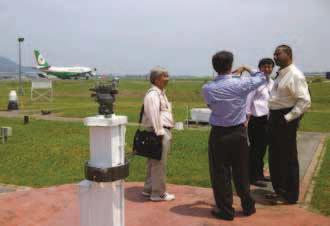
Table 2: Typical wind speeds [Source: MS1553:2002]

The published typical wind speeds for selected stations at
Table 2.
Loh Eng Kee treated the visitors to a sumptuous dinner at a nearby famous Penang nasi kandar restaurant.At the end of the visit, the head of the delegation, Ir. Prof. Dr Jeffrey Chiang thanked the gracious host for the kind hospitality extended to the IEM delegation, and presented a souvenir visitors. Finally, the delegation departed from the station just p.m.
the upcoming events.
4 & 5 December 2012 (Tuesday & Wednesday)
Time : 8.30 a.m. to 5.30 p.m.
Venue : Tan Sri Prof. Chin Fung Kee Auditorium, Wisma IEM
Speaker : Ir. Nik
Mohd. Hasmizie
Water Resources Technical Division
5 December 2012 (Wednesday)
Talk on Time for Change: Develop Invisible Water Resources Sustainably
Time : 5.30 a.m. to 7.30 p.m.
Venue : Tan Sri Prof. Chin Fung Kee Auditorium, Wisma IEM
Speaker : Ir. Dr Azuhan bin Mohamed
Geotechnical Engineering Technical Division 13 December 2012 (Thursday)
Time : 5.30 a.m. to 7.30 p.m.
Venue : Tan Sri Prof. Chin Fung Kee Auditorium, Wisma IEM
Speaker : Dr Jack W. Pappin
Geotechnical Engineering Technical Division 14 December 2012 (Friday)
1-Day Workshop on Earthquake Engineering
Time : 9.00 a.m. to 5.30 p.m.
Venue : Tan Sri Prof. Chin Fung Kee Auditorium, Wisma IEM
Speaker : Dr Jack W. Pappin
THE Tunnelling and Underground SpaceTechnical Division of the Institution of Engineers, Malaysia, recently organised a talk on ‘Bored Tunnelling in Urban Environments – Design and Construction Issues: What Can Be A Problem and Why?’ at Wisma IEM. Attended by 70 participants, the talk was delivered by Mr. Paul Heslop, the Technical Director of Amberg & TTI Engineering Pte. Ltd., Singapore. Mr. Heslop is a Chartered Engineer in the United Kingdom and a Professional Geologist in the United States of America (USA), who has extensive and diverse experience in the
consultation services to clients on major underground rail and road infrastructure projects
According to Heslop, the successful design and construction of a bored tunnel project, especially when in an urban environment, present a unique set of challenges


by Ir. Andrew Yeow Pow Kwei
for the owners, contractors and consultants involved.
highlighting what could go wrong, why it happened and how to best mitigate the risks involved. He also addressed a wide range of issues that are relevant to the client’s organisation, contractors and consultants associated with project planning, procurement, detailed design, statutory approvals, construction works, interfaces with third parties, construction supervision, instrumentation and quality control. Heslop also provided some recommendations
addressed at each stage of a project.
Heslop then deliberated on the problems and issues that normally occur in tunnel projects from the planning stage to construction stage such as not getting the information needed, no permission for access from a third party, poor geotechnical interpretation and incomplete information. Consequently, these issues if not resolved could end up causingproblemssuchastoomanyassumptionsbeingmade in the design, unforeseen or different ground conditions and obstructions encountered during construction, unexpected mixed face ground conditions and unplanned interventions, which are not uncommon in a tunneling project.
According to Heslop, the following are some of the key items that should be considered during the project planning stage:
(a) Project Overview – What is the intended structure to be built and its purpose which includes the structure size and shape?
(b) Performance or Design Criteria – What is the design life and constraints on movement, groundwater drawdown and vibration?
(c) Location – Where can the structure be located with consideration of any adjacent sensitive structures and interfacing with third parties?
(d) Construction – How will the structure be built with consideration on the excavation techniques and where will the work area or site access be located?
(e) Cost and Schedule – What is the budget and schedule for the project?
(f) Contract – How will the project be procured with consideration of what type of contract to be used and what are the approvals required?
In the second part of his presentation, the principle and key elements of a Geotechnical Baseline Report (GBR) was discussed with the salient points summarised below:
GBR is a Contract Document for the allocation of commercial subsurface construction risk by setting a contractual baseline of site conditions for fair bidding and execution.
Baseline is a contractual statement of the conditions to be encountered during subsurface construction and is used to determine when differing site conditions exist. It is always set at slightly worse than the expected conditions, depending on the risk allocation strategy of the owner.
Itisnotadesigndocumentandshallnotbeconsideredasaninterpretation of the ground condition, i.e. NOT a statement of geotechnical fact.
which could lower the cost of project.
GBR is not for risk mitigation or safety.
It must be clear and unambiguous to potential claims and shall clearly state what needs to happen and paid for in the event of a change.
There is not necessarily an “error” if a baseline is exceeded and it does not necessarily contribute to an increase in the total outturn cost.
Regardless of the baseline, responsibility for the safe execution of the Works always remains with the Contractor and it should not be an excuse for the Contractor for not performing the Works in accordance with the Contract Document.
A commonly used guidance document in the USA (and now elsewhere) is the “ASCE Gold Book”.
Lastly, the speaker shared with the audience a case study and some of the lessons learnt from the Miami Port Tunnel Project as highlighted below:
Contract Setup: The Public Private Partnership (PPP) Model had an agreed long term, guaranteed cost structure, with risks to be shared by all parties.
Innovation: The Miami Tunnel Access (MAT) team (Concession) had allowed the length of risky cut and cover excavation to be reduced and the use of TBM to be maximised.
Contingency Fund: The use of contingency fund to reduce Contractors adding contingency and the reduction of overall project cost.
Geotechnical Baseline Report (GBR): The use of a 2-stage GBR by getting input from the Contractors and agreeing on the document before the start of work which reduced the future uncertainty in terms of claims.
Re-interpretation: By looking at the geology and its impact on methodology, and not just the lithology, it had allowed the Contractor to select the correct means and method for the project.
Planning: The allocation of adequate time for planning was the only way to achieve the best value solution.
During the Q&A session, Heslop responded to questions raised by the participants related to problems and challenges which might arise during bored tunnelling in urban environments. At the end of the talk, Heslop
Chairman, Ir. Andrew Yeow.





A Leading Global Photovoltaic Manufacturer
Provide Quality Products From Solar Modules to Solar Street Light





THE BIGGEST LV COMPONENTS MANUFACTURER IN CHINA AND REGISTERED UNDER SHANGHAI STOCK EXCHANGE (REG: 601877)

ALPHA AUTOMATION(SEL) SDN BHD(Reg. : 372711 )
ALPHA CHINT SWITCHES S/B (Reg. : 952175)
5, Jalan Pemberita U1/49, Temasya Industrial Park, Glenmarie, 40150 Shah Alam, Selangor, Malaysia. Tel: +603-5569 3698 Fax: +603-5569 4099 Email: alphamail@alphakl.com




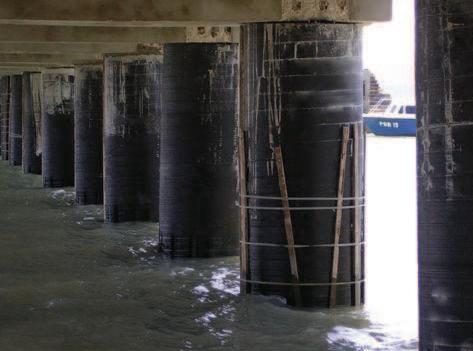







A action. The Young Engineers Section (YES) of Institution of Engineers, Malaysia (IEM) has successfully organised its 555th meeting on top of Mount Kinabalu, the highest mountain in South-East Asia with its Low’s Peak reaching 4,095m above sea level
participated in this adventure. YES would also like to express its gratitude to Engr. Shuhairy Norhisham and Engr. Mah Way Sheng for handling all the arrangements, making this trip possible for the participants.

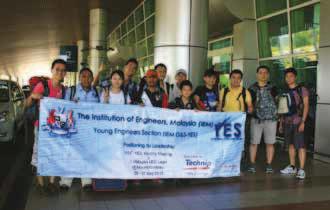
at 10.25 a.m. and reached Kota Kinabalu International Airport at 1.00 p.m. After a group photograph at the airport, the participants headed to the designated hotel by taxi. The hotel was located strategically in the town centre, with a wide choice of food outlets and a convenience store.

Just like the ‘Jalan-jalan cari makan’ TV crew, we spent most of the day exploring Kota Kinabalu, the bustling state
that particular night, we were invited by IEM, Sabah branch, to a dinner at WISMA IEM, Sabah.
We met up with the YES committee of Sabah branch and got to mingle around. It was then followed by a short
YES chairlady. Subsequently, we had a short Mamak session at a nearby local restaurant.

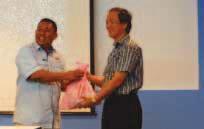

We woke up early at 7.00 a.m. the following day and gathered at the hotel lobby to wait for the assigned van to pick us up. It took us about 2 hours to reach the foothills of Mount Kinabalu. After registration, we collected our name
At the starting point of Mesilau gate, we got ourselves some porters to carry our backpacks and their leader gave
a place where we would later rest in, was about 8km from Mesilau gate. Before we began our journey, we took part in the warm-up exercise session together and snapped another group photograph. All of us were very excited before the climb as this would be the day that we will be conquering the Mount Kinabalu! At 10.30 a.m., we began our uphill climb.
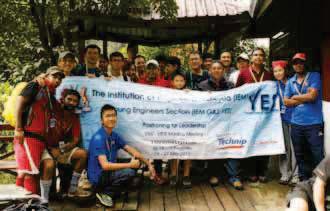
After 8 hours of continuous hiking, we arrived at Laban
came to our minds was to grab some food at the restaurant. However, the restaurant was crowded as everyone seemed to have reached the stop at around the same time.
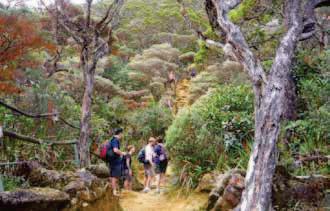

After the buffet dinner, it was already dark outside, so we 9.00p.m.,wehadour555thmeetingamongstthecommittee members. We went to bed as soon as the meeting came to a close.
On Day 3, we woke up very early, at about 1.30 a.m., for a simple breakfast and prepared for our climb to the peak. It wear thick jackets, gloves, scarves and for some of us even caps to keep ourselves warm. It was still very dark at this hour, and thus, everyone had to use a headlamp which each journey to the peak. It was indeed a long staircase. Despite our aching limbs, we had to go on. After about an hour’s staircase journey, we reached to a rope climbing section, followed by slope walking all the way to the peak. Halfway, we arrived at a station to register ourselves.
peak and just in time to see the sunrise. We could hear the sound of cameras clicking every second or so at Low’s Peak. Here, we had a further task to complete, which was to form an LED outline of the 1 Malaysia logo and, with the cooperation from each participant, we were able to carry out this feat successfully.


Soon after, we began our descend from the peak and then collected our backpacks from the hostel. We arrived at the foot of the mountain at about 4.30 p.m. and each of completing the climb.

Lumpur just before noon. It has been a tough yet enjoyable trip. Also, we were lucky to have had a group of friends who encouraged each other to complete the tough hike without giving up. It was only through this perseverance and determination that enabled us to reach the peak. Hopefully, we could have another hiking activity soon.














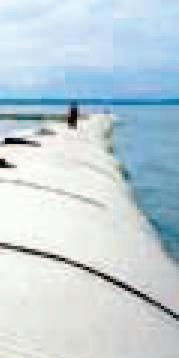















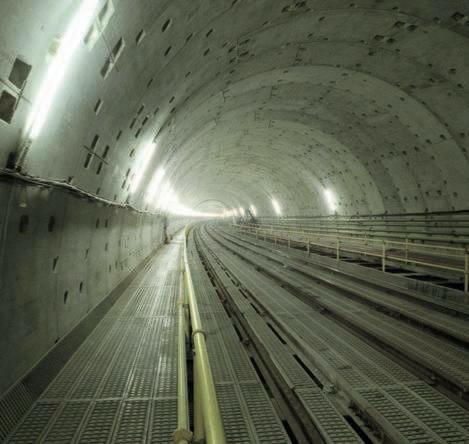
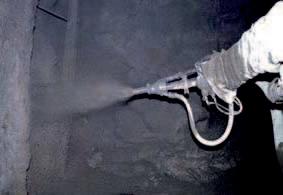




I can still vividly recall the eagle-hunting demonstration that I had witnessed in Kyrgyzstan. If an image of eagles being hunted appears in your mind now, you ought to erase that image. Why? It is because eagle-hunting is not hunting for eagles! It is a hunting activity with eagles for animals such as rabbits, foxes, and sometimes even wolves! And these eagle-hunters in Kyrgyzstan are known as berkutchi
Kyrgyzstan is a Central Asian country located just west of Xinjiang Uyghur Autonomous Region of China. When the Union of Soviet Socialist Republics (USSR) disintegrated in 1991, Kyrgyzstan, together with Kazakhstan, Tajikistan, Uzbekistan, Turkmenistan and 9 other Soviet Socialist Republics, broke away from Russia to become independent states. However, 10 of those former Soviet Republics have decided to rejoin Russia, thus forming the Commonwealth of Independent States (CIS). Subsequently, Kyrgyzstan, Kazakhstan, Tajikistan, Uzbekistan, Turkmenistan and Afghanistan are now known as the Central Asian states. With an area of 198,500 sq km, Kyrgyzstan is quite a small land-locked country noted for its towering mountains, eagle-hunting and nomadic yurts. The Kyrgyz people came from Siberia to this land about 400 years ago and are still largely nomadic. Since its independence 21 years ago, Kyrgyzstan has evolved as the freest republic in Central Asia and tourism is now an important revenue generator. It is the only Central Asian country that Malaysians can visit without a visa.

by Ir. Chin Mee Poon
My wife and I, along with two of our travelling buddies, came to the little village of Bokonbayevo close to the southern bank of Lake Issyk-Köl which is quite a large lake in the eastern part of Kyrgyzstan. It was early November 2011 and the village is located about 1,800m above sea level. It was cold.
Talgar, a good-looking middle-aged berkutchi, came to our home-stay in a station-wagon. We followed him into the mountains which were about 10 minutes drive away. He had a golden eagle with him. It was an 8-year-old female eagle, named Tumara. He found her when she was still an eaglet in a nest not far from the village. He brought her up and trained her to hunt.
Though eagles are born with the instinct to hunt, as her master, Talgar had to train her to develop an intimate bond between them, so that she would hunt for him and would be willing to exchange her kill for a reward. In 12 years’ time, when Tumara reaches 20 years of age, Talgar would
nest. Golden eagles have a life expectancy of 50 years and these eagle pairs stay together for life and a male eagle is smaller in size than a female.
In the mountains, Talgar took out a white rabbit from his car and set it free. He then walked up a slope with Tumara blindfolded in a leather hood. When the hood was removed, Tumara took off from Talgar’s arm and swooped down at lightning speed and grabbed the rabbit with her powerful talons. She held the rabbit to the ground and started to cry. Talgar came over, squatted beside the bird and lifted up the dead rabbit. It was then that Tumara started to devour the rabbit. The whole rabbit was torn apart and swallowed in just a few minutes. Only the head and intestines were discarded. It was an unforgettable sight.
Talgar told us that an eagle-hunting competition is held in that part of Kyrgyzstan every year and Tumara was the
eagle to kill a fox. Eagle-hunting in its various forms including falconry and hunting with raptors such as kites, hawks, goshawks, etc, is a centuries-old tradition passed down from onegenerationtoanother,anditispractisedinmanycountries besides Kyrgyzstan, such as Kazakhstan, Mongolia, Middle East and some South American countries.
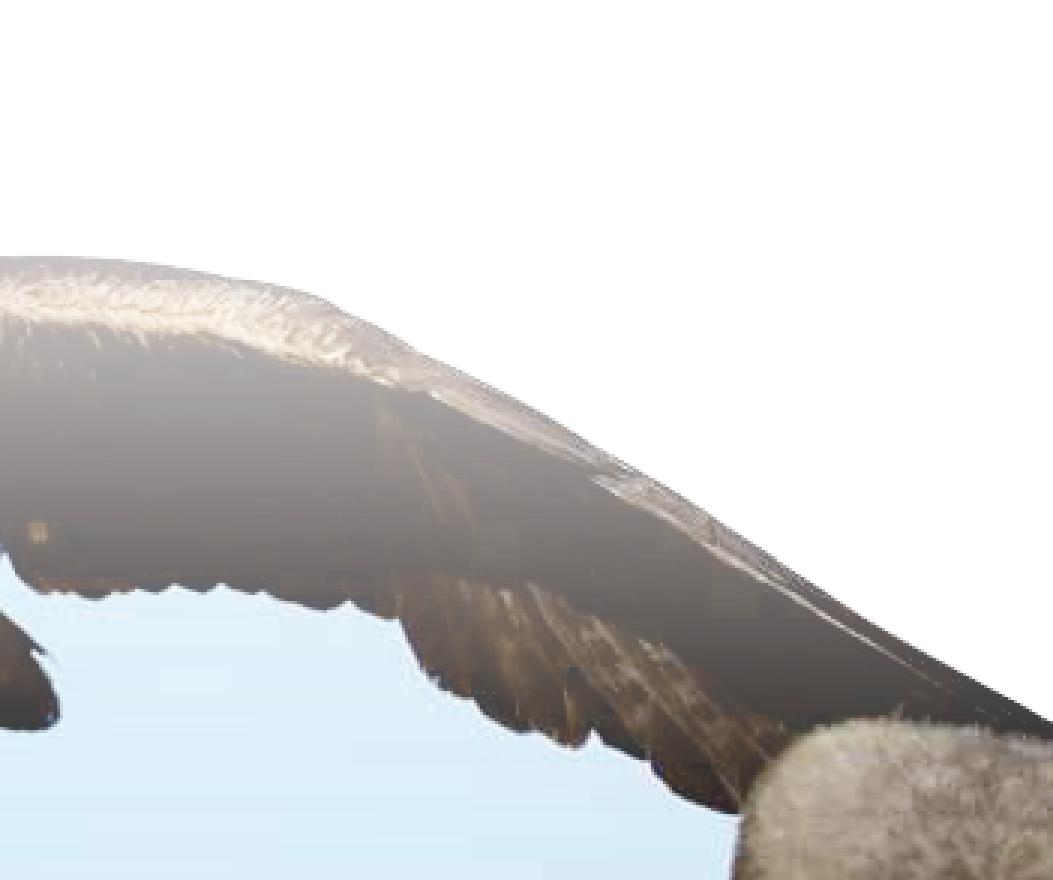


- We specialize in design and build with CIDB, Category G7.
- Creative & its collaborative partners are registered with CIDB for on-site & off-site manufacturing of precast component.
RISP programme on selected tender basis.
- We handle both IBS open system and (Simplified Precast Building System).
- Highly suitable for PR1MA projects.



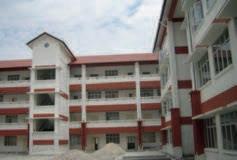
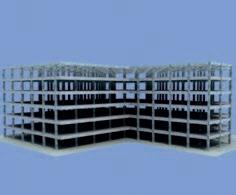



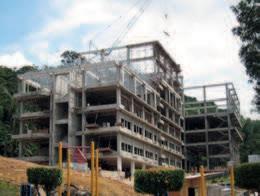





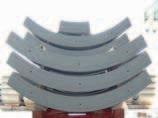

Date: 8 October 2012
To All Members,
The following candidates have been approved to sit for the Professional Interview for 2012.
to passing the year 2012 Professional Interview.
Honorary Secretary,
Name
CHEMICAL ENGINEERING
LEE SEOW YUNBE HONS (UKM) (BIOCHEMICAL, 2002)
CIVIL ENGINEERING
ADNAN BIN ABD GHANIBE HONS (UTM) (CIVIL, 2001)
JAFFRE BIN CHE LAH @ WAHAB BE (HONS) (UTM) (CIVIL, 2002)
MOHD ASMAWI BIN ABD RAHIM BE HONS (UTM) (CIVIL, 2007)
ELECTRICAL ENGINEERING
ASMIZAN BIN IBRAHIMBE HONS (UiTM) (ELECTRICAL, 2003)
CHAN KAR MUNBE HONS (UM) (ELECTRICAL, 2006)
MEDYA RIANTAMA BIN SYAFRI BE HONS (UTM) (ELECTRICAL, 2003)
TENG BOON PINGBSc HONS (WINDSOR) (ELECTRICAL, 2001)
TEOH KHYE CHERNBE HONS (UM) (ELECTRICAL, 2008)
ELECTRONIC ENGINEERING
AHMAD RIZAL BIN ALIBE HONS (UMIST) (ELECTRONIC, 1998)
GEOTECHNICAL ENGINEERING
S CHANDRASEGARAN A/L
SUNDARARAJU BE (BAHARATHIDASAN UNIVERSITY) (CIVIL, 1988) MSc (NUS) (GEOTECHNICAL, 1997)
INSTRUMENTATION AND CONTROL ENGINEERING
SYAHMI AZHAN BIN MHD NOR BE HONS (UTM) (ELECTRICAL & ELECTRONIC, 2006)
MECHANICAL ENGINEERING
ALIPUDIN BIN MAJIDBE HONS (UTM) (MECHANICAL, 1994)
SUHAILI BIN MASOR BE HONS (UTM) (MECHANICAL, 1992)
WATER RESOURCES ENGINEERING
HAZALIZAH BINTI HAMZAHBE HONS (UPM) (CIVIL, 2000) MSc (UNESCO) (HYDROLOGY & WATER RESOURCES, 2010)
The following candidate’s name was not included in the list of approved applicants for the Professional Interview in the September bulletin: TRANSFER TO THE GRADE OF GRADUATE
ELECTRICAL ENGINEERING
34041MOHAMED ZAIMIR BIN MOHAMED SUFFIAN BE (HONS) (VICTORIA) (ELECTRICAL & ELECTRONIC, 1997)
TRANSFER APPLICANTS
Name
CIVIL ENGINEERING
25414CHOO HEW SENGBE HONS (UM) (CIVIL, 2004)
38888GOH NAI JUN, STEVEN BE HONS (UMS) (CIVIL, 2005)
36270JAMAIS BIN JUNIMBE HONS (UKM) (CIVIL & STRUCTURAL, 1999)
22641KAMALENDRAN A/L RAJASVARAN BE HONS (UTM) (CIVIL, 2001) MSC (UTM) (CIVILGEOTECHNICS, 2008)
26470SHIM LIK KUAN ME HONS (NOTTINGHAM, 2005)
38333SULAIMAN BIN MOHAMED DAUD BE HONS (UiTM) (CIVIL, 2006)
27256YAP BOON TIONGBE HONS (USM) (CIVIL, 2006)
29156YAP SOONG YOONG, LEONARD BE HONS (CURTIN) (CIVIL & CONSTRUCTION, 2006)
39981YONG YOONG YENBE HONS (UTM) (CIVIL, 2005)
ELECTRICAL ENGINEERING
25773DZULKIFLE BIN DAWAM BE HONS (UM) (ELECTRICAL, 2004)
01248KHOO YEW CHONG @ KHOO YEOU TEONG
TECHNICIAN DIPLOMA (SINGAPORE POLYTECHNIC, 1964)
32605LOGESWARAN A/L SELVARATNAM BE HONS (UNITEN) (ELECTRICAL-POWER, 2006)
42006NG CHOON BOONBE HONS (UM) (ELECTRICAL, 1997)
27581TAN LOO YENBE HONS (UNITEN) (ELECTRICAL POWER, 2006)
45274THONG CHUAN KEATBE HONS (NOTTINGHAM) (ELECTRICAL & ELECTRONIC, 2001)
A MONTH from the date of
TRANSFER APPLICANTS
Name
45275THONG YEE KEATBE HONS (NOTTINGHAM) (ELECTRICAL & ELECTRONIC, 1997)
30589TOH MIN JOO, BENJAMIN BE (CURTIN) (ELECTRICAL, 2005)
24724WONG SHIN NENGPART II & III (IEM/BEM) (ELECTRICAL, 2009)
30957YONG LICHUN, JESSE BE HONS (UTEM) (ELECTRICAL-INDUSTRIAL POWER, 2008)
ELECTRONIC ENGINEERING
30622OOI YONG SONBE HONS (USM) (MECHANICAL, 02)
MECHANICAL ENGINEERING
27991AMIR BIN KHALIDBE HONS (UTM) (MECHANICALMANUFACTURING, 2000), MSC (UTM (MECHANICAL, 2006), PHD (TOKUSHIMA) (EARTH & LIFE ENVIRONMENTAL, 2011)
31753BULAN BINTI ABDULLAH BE HONS (UTM) (MECHANICAL, 98)
49592HUZAIRIYAH BINTI HUSSIN BE HONS (UPM) (MECHANICAL, 2003)
24222MOHAMAD AMIR BIN HASHIM BE (UNITEN) (MECHANICAL, 2002)
33901MOHAMAD DZULASRI BIN HIPENY BE HONS (UM) (MECHANICAL, 2006)
25795NALGUNALINGAM A/L SATGUNALINGAM BE HONS (NEWCASTLE) (MECHANICAL, 1999)
43689RAZALI BIN HASSANBE (UPM) (MECHANICAL SYSTEMS, 1989)
49389TAN BOON TONGBE (MONASH) (MECHANICAL, 2007)
119235MOHD. RAZNAN BIN HASSAN
216053PANG SEE PENG
349370LIEW SHAN QIN
428208NURAZZURA BINTI MOHD FUZI
526836TEO CHURN HONG
610801BOEY WEI LUN DETAILS
708307CHAI WING KAI
841210RAMASAMY CHETTEAR A/L PERIASAMY
919532ANWAR BIN ABDUL RAHMAN
1012239SOH CHOR CHIEW 1107199KOH JEK SIEW
The Sub Committee of the Engineering Hall of Fame under the auspices of the Standing Committee on Professional Practice is proud to invite nominations for the
It is timely and expedient to induct and to record the accomplishment of engineers in the country who had or have demonstrated particularly outstanding professional achievement and provide excellent services to the Institution, the engineering industry and the nation.
The IEM Engineering Hall of Fame was established with the aim to confer recognition and to celebrate the accomplishment of members of the IEM; achievement;
progress, the Institution of Engineers, Malaysia (IEM) and the nation;
The Engineering Hall of Fame will serve as the focal point or showcase of outstanding Malaysian engineers, past and present, who had/have made great contribution to the engineering profession and to the quality of life in Malaysia.
It will also serve as a beacon and as role models to young engineers and to encourage a greater interest in engineering in general and also to create a greater awareness of the names of outstanding engineers in the country.
Nominations of the Award are open to Malaysian citizens who were or are Corporate Members of the IEM.
Nomination forms can be downloaded from the IEM website (http://www.myiem.org.my). For further details, kindly contact the IEM Secretariat at 03-7968 4001/2.
with Article 5.2 of the Constitution. An election programme had also been approved by the Council for implementation.
The following Council vacancies will arise for the Session 2013/2014 as a result of Council members retiring at the end of the Session 2012/2013.
Vice PresidentFour (4)2 sessions (2013/2014 and 2014/2015)
Honorary SecretaryOne (1)1 session (2013/2014)
Honorary TreasurerOne (1)1 session (2013/2014)
Council Member –Representative of Other Disciplines One (1)3 sessions (2013/2014, 2014/2015 and 2015/2016)
Council Member –Ordinary Representative
Ten (10)3 sessions (2013/2014, 2014/2015 and 2015/2016)
Notice inviting nominations for the Election of Council Member for Session 2013/2014 will be posted on the IEM Notice Board and website on for the information of all Corporate Members.
Nomination Forms may be obtained at the IEM Secretariat or downloaded from the IEM website http://www.myiem.org.my on and after 7th December 2012.
to:
The Institution of Engineers, Malaysia
BangunanIngenieur, Lots 60/62, Jalan 52/4 P.O. Box 223 (Jalan Sultan) 46720 Petaling Jaya, Selangor DarulEhsan Tel: 03-7968 4001 / 2 and to reach him not later than
Thank you.
Dato’ Ir. Pang Leong Hoon
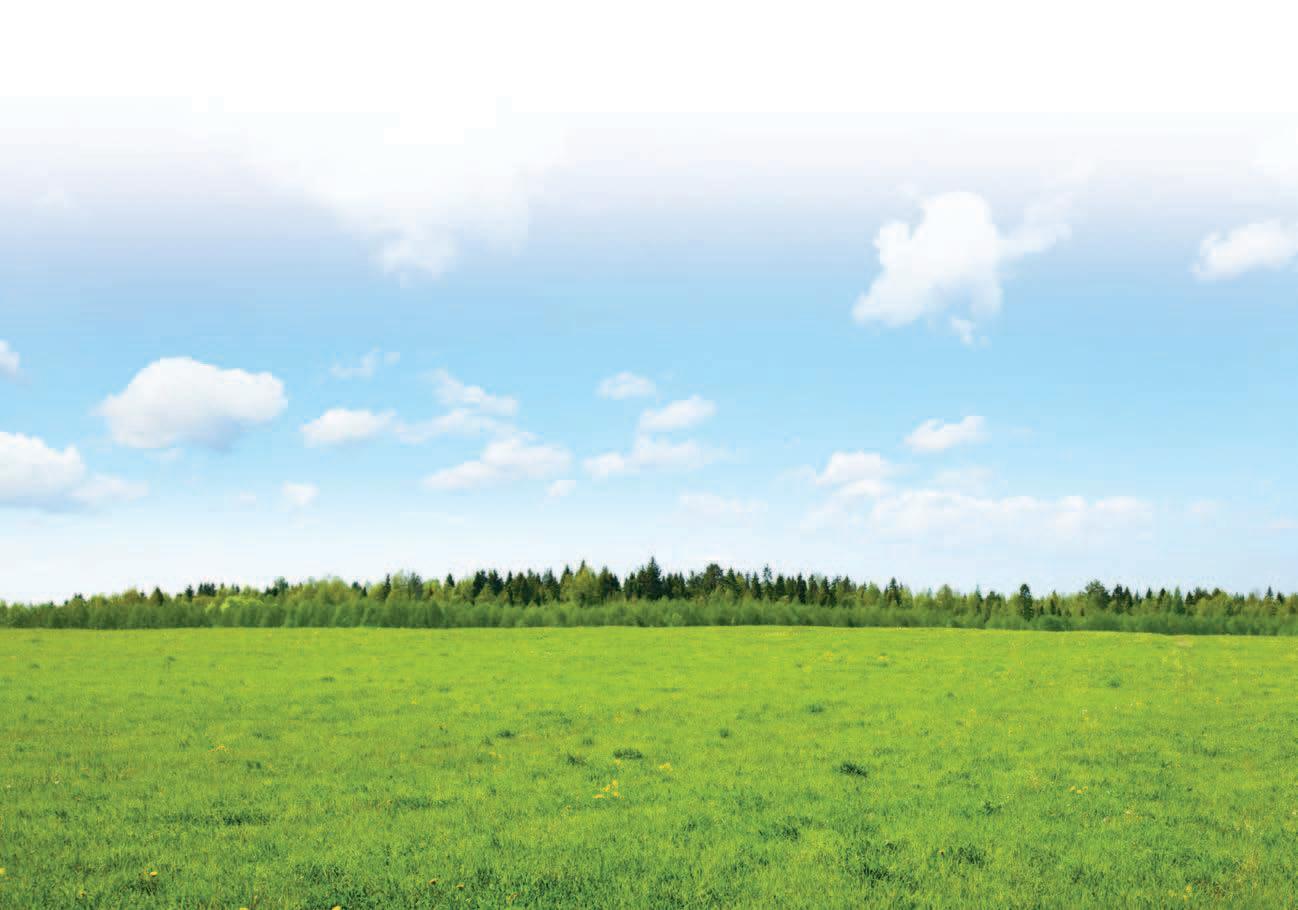

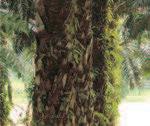



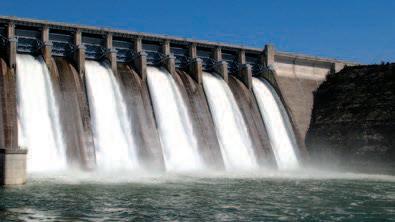









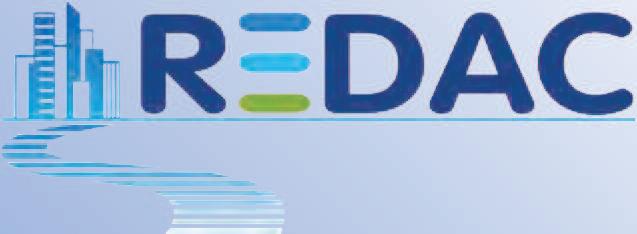








State JPS/DID will be invited as
* State JPS/DID will be invited as guest speaker for MSMA 2 New submission requirements

* Existing user are entitle to claim the free upgrade installer for MSMA 2nd Edition during the Seminar

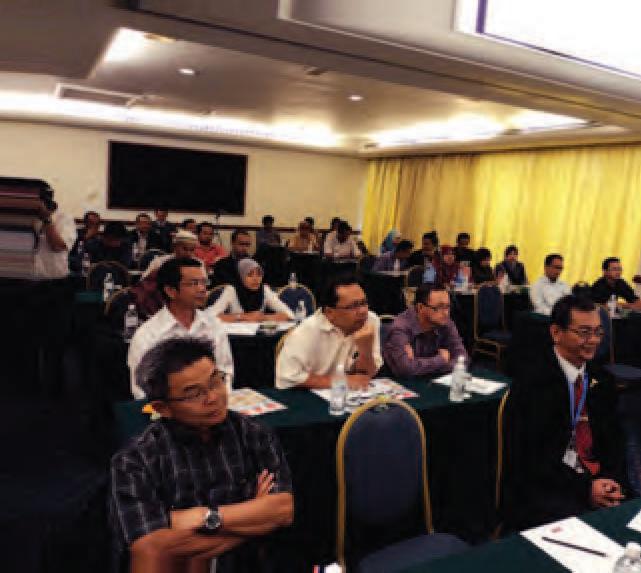
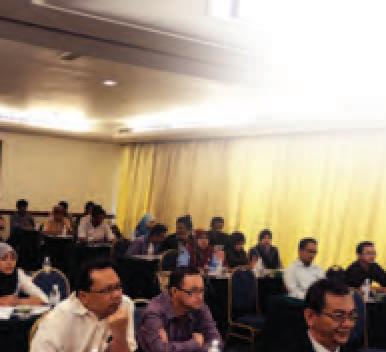









Company:








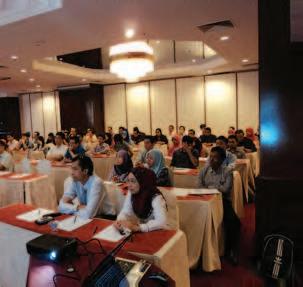






(Please
Sk



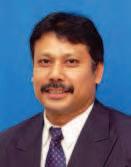








2 Edition Contributor: Engr. Chang Chun Kiat Research Officer of REDAC, USM


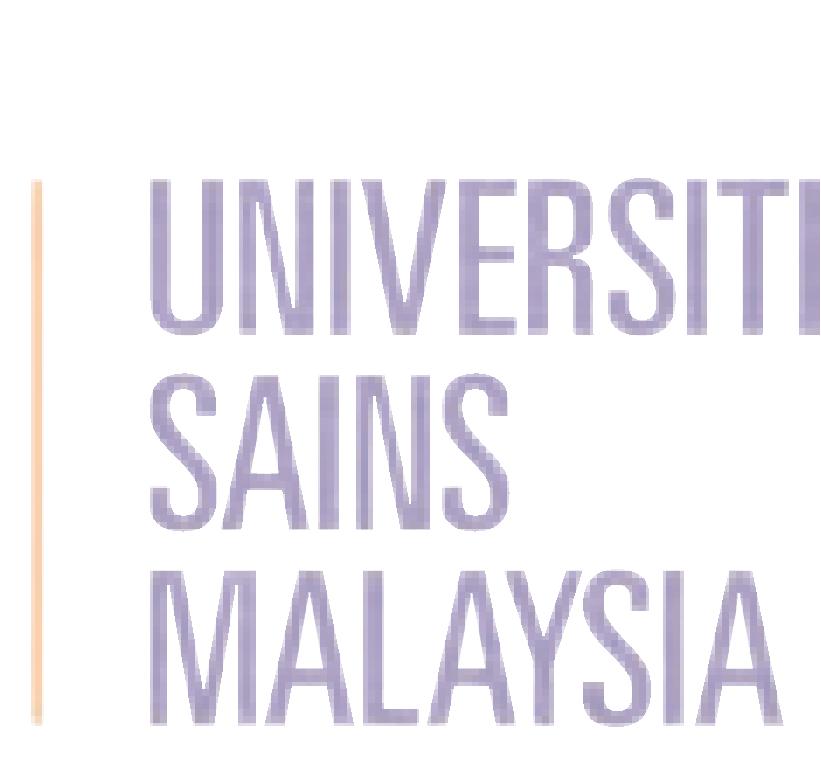
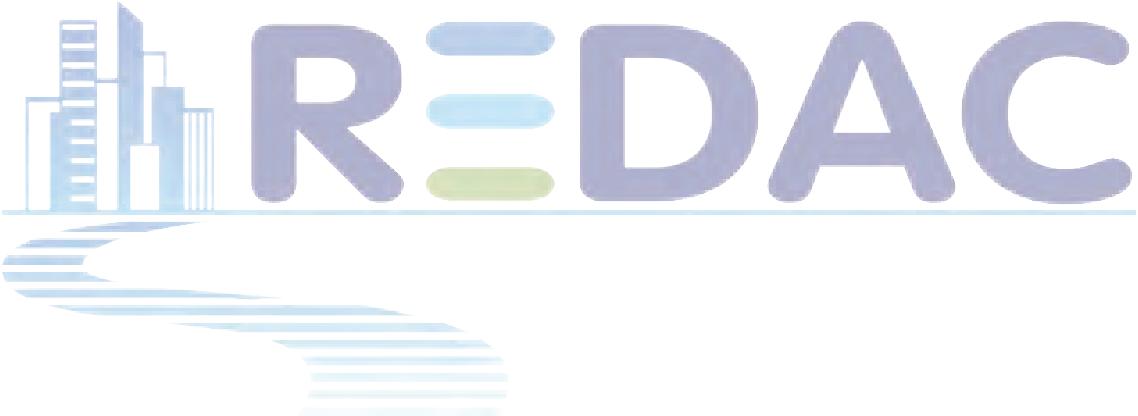









I would like to participate in the above briefing at ___________________ for (Day1 / Day2 / Both). Enclosed herewith a crossed cheque No./Ref. No ________________ amounted to RM ____________ issued in favour of “MES Innovation Sdn Bhd” (Maybank: 5-12343-54675-0). I understand that the fee is not refundable if I withdraw after my application is accepted by MES Innovation Sdn Bhd but substitution of participants will be allowed. If I fail to attend the talk, I will still settle the registration fee in full.

